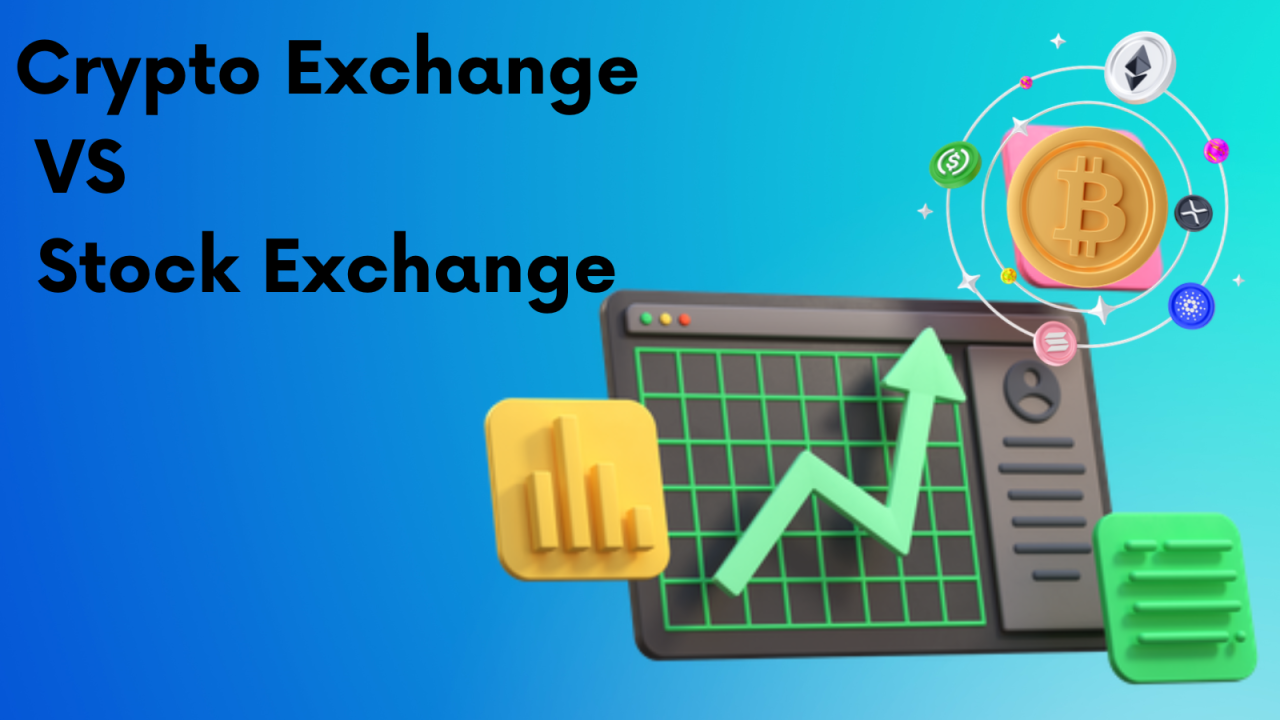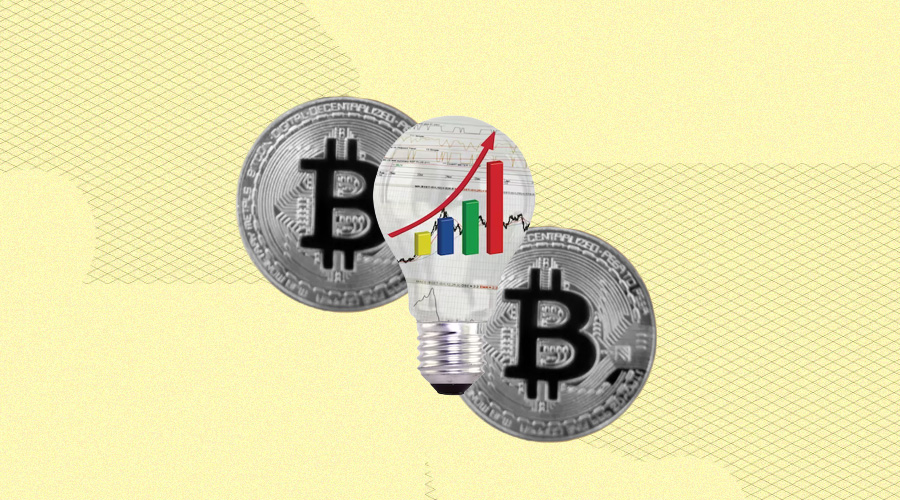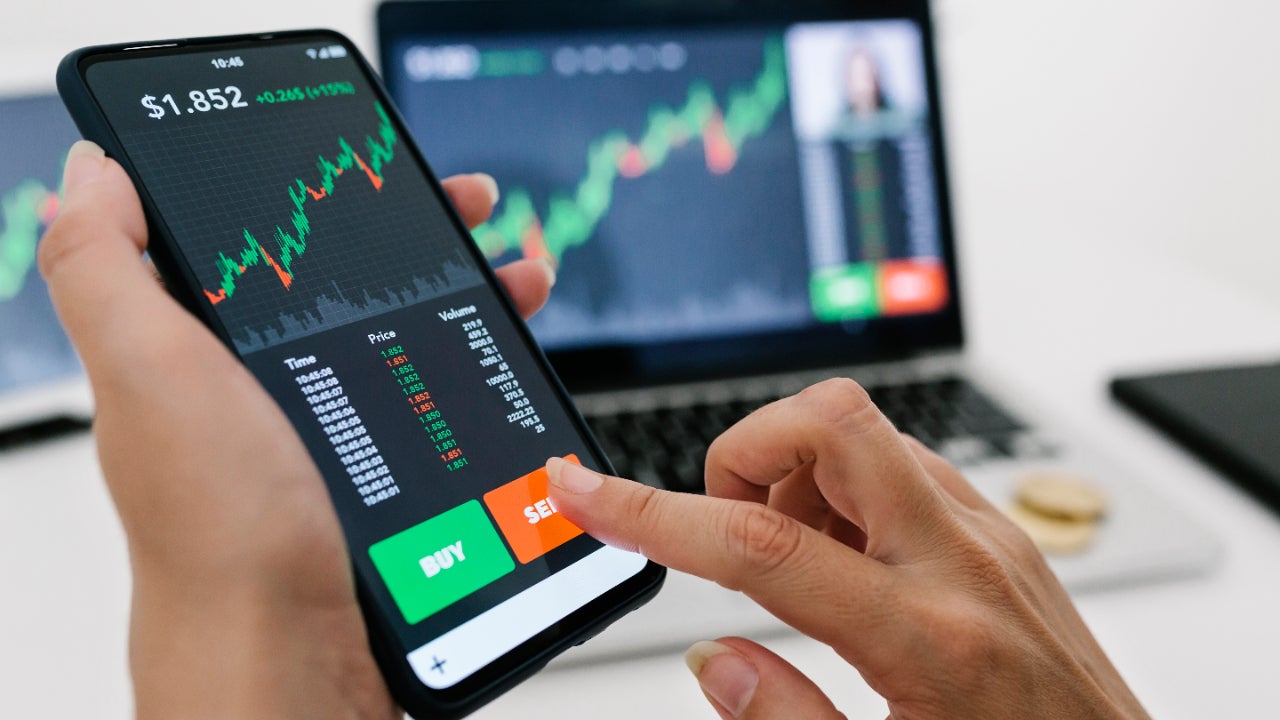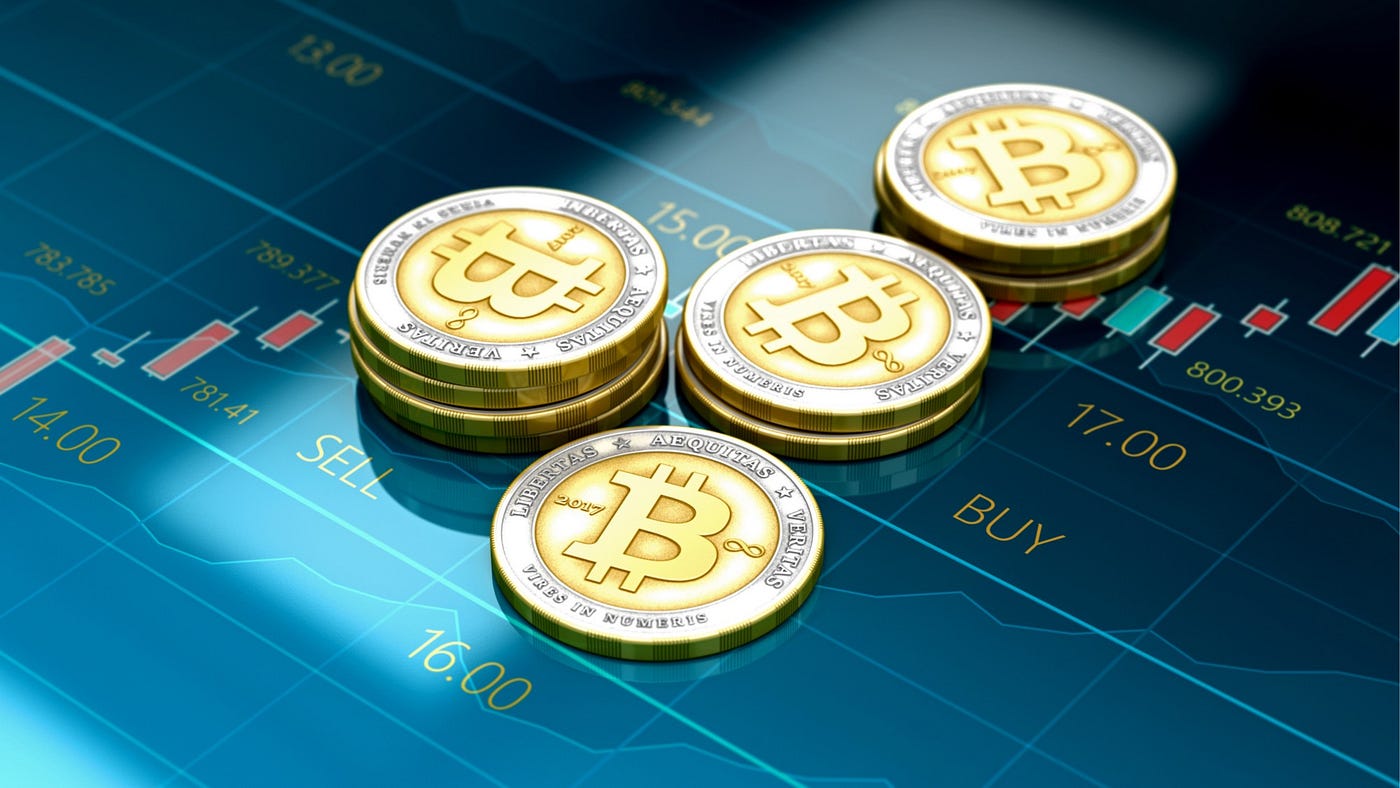The financial world has always been a realm of evolution and innovation.
From the bustling floor of the New York Stock Exchange to the digital corridors of Binance, how we trade and invest has undergone a seismic shift.
But here’s the catch: while traditional stock exchanges have centuries of history behind them, crypto exchanges are relatively new kids on the block.
Well, as the global economy pivots towards digitalization, understanding the nuances between these two trading platforms becomes crucial.
It’s not just about stocks versus tokens; it’s a tale of two ecosystems, each with unique dynamics, opportunities, and challenges.
So, whether you’re a seasoned trader or a curious onlooker, this deep dive into the world of crypto and stock exchanges promises to be enlightening.
Ready to explore the intricate dance between tradition and innovation?
Strap in as we unravel the distinctions that set these two trading worlds apart.
Historical Context: The Birth and Growth of Stock Exchanges
The tapestry of global finance is rich, woven with centuries of history.
Dive back in time, and you’ll find the roots of stock exchanges in the 17th century.
Intrigued?
The Amsterdam Stock Exchange, established in 1602, is a testament to the world’s first official trading platform.
But that’s just the beginning.
As commerce flourished, so did the need for organized trading hubs.
From London to Tokyo, stock exchanges emerged as epicenters of economic activity.
These platforms weren’t merely places to trade; they symbolized trust, transparency, and a collective drive toward economic progress.
Fast forward to today, and these traditional exchanges have evolved, leveraging technology and adapting to global trends.
But as we’ll discover, the advent of crypto exchanges has added a new, dynamic layer to this historical narrative.
Ready to juxtapose the old with the new?
Let’s delve deeper.
The Advent of Crypto Exchanges: A New Era
Enter the 21st century, and a digital revolution is brewing.
Amidst the buzz of technological advancements, a new player stepped onto the financial stage: crypto exchanges.
But what sparked this evolution?
The launch of Bitcoin in 2009 wasn’t just the birth of a new currency; it heralded a paradigm shift in trading.
As cryptocurrencies gained traction, the demand for platforms to buy, sell, and trade them skyrocketed.
Enter crypto exchanges as digital arenas tailored for this very purpose.
Unlike their traditional counterparts, these platforms operate 24/7, breaking geographical and time barriers.
And here’s the kicker: they democratize finance, offering a decentralized alternative to the established order.
From Coinbase to Kraken, these exchanges have reshaped the trading landscape, introducing a world where digital assets reign supreme.
Operational Differences: Trading Mechanisms Explored
When diving into the trading world, one quickly realizes that not all exchanges are created equal.
The operational nuances between traditional stock exchanges and crypto platforms vary.
But what exactly sets them apart?
First off, let’s talk hours.
Traditional stock exchanges, whether the NYSE or the Tokyo Stock Exchange, operate within set hours, typically reflecting their local business days.
On the flip side, crypto exchanges are a different beast altogether.
They operate 24/7, catering to a global audience hungry for round-the-clock trading.
Think about it: a trader in London can seamlessly execute a Bitcoin trade while their counterpart in New York sleeps.
But there’s more to the story.
The underlying technology is a game-changer.
While stock exchanges rely on centralized systems and intermediaries, crypto exchanges often embrace decentralized models, thanks to blockchain technology.
This not only streamlines operations but also enhances transparency and security.
Order execution is another arena of divergence.
Stock exchanges often employ market makers to ensure liquidity, while many crypto platforms operate on a peer-to-peer model, directly connecting buyers and sellers.
Lastly, the assets themselves.
Stocks represent company ownership, while cryptocurrencies can represent many value propositions, from digital gold to utility within a specific platform.
In essence, while both platforms serve traders, their operational mechanics differ profoundly.
Ready for a deeper dive?
Let’s forge ahead.
New to crypto trading? Know the difference between Bitcoin vs Cryptocurrency
Technological Infrastructure: Blockchain vs. Traditional Systems
At the heart of any trading platform lies its technological backbone, dictating everything from transaction speed to security.
However, when comparing crypto exchanges to traditional stock platforms, the differences are stark and significant.
Let’s break it down.
Traditional stock exchanges have been around for centuries, evolving their systems.
These platforms rely on a centralized database, with transactions processed in batches.
This setup ensures order, but often at the expense of speed.
Moreover, intermediaries like brokers and clearinghouses play pivotal roles, adding layers to the trading process.
Enter blockchain, the revolutionary technology powering crypto exchanges.
Here’s the magic: blockchain operates on a decentralized ledger system.
Every transaction is recorded across multiple nodes, ensuring unparalleled transparency and security.
Think of it as a digital, tamper-proof record book.
And the best part?
Transactions on blockchain can be near-instantaneous, eliminating the need for intermediaries.
But that’s not all.
Blockchain’s decentralized nature means reduced risks of system failures.
While a glitch in a traditional exchange’s centralized system can halt trading, blockchain’s distributed nature offers resilience against such disruptions.
Furthermore, the cryptographic security measures inherent in blockchain make it a fortress against potential hacks, a feature especially crucial in the high-stakes world of crypto trading.
As we venture deeper, appreciating these nuances is vital to understanding the broader landscape.
Ready to continue the exploration?
Onward we go!
Recommended Read: Why invest in cryptocurrency?
Regulatory Landscape: Navigating Compliance
The trading world, whether stocks or cryptocurrencies, doesn’t exist in a vacuum.
It’s intricately woven into a fabric of regulations, guidelines, and compliance measures.
But here’s where things get interesting: the regulatory landscape for traditional stock exchanges and crypto platforms is as distinct as night and day.
Let’s dive in.
Traditional stock exchanges have had the luxury (or perhaps the challenge) of time.
Over decades, even centuries, they’ve been molded by many regulations.
From investor protection measures to anti-fraud checks, these platforms operate within a well-defined, often stringent, regulatory framework.
Institutions like the SEC in the U.S. or the FCA in the U.K. oversee their operations, ensuring transparency and fairness.
Contrast this with the Wild West of crypto exchanges.
Born in the digital age and fueled by the decentralized ethos of blockchain, these platforms initially operated in a regulatory gray area.
However, as cryptocurrencies gained prominence, regulators began to take notice.
While some countries embraced crypto with open arms, others trod cautiously, and a few even imposed outright bans.
The challenge?
Cryptocurrencies blur boundaries, both geographically and definitionally.
Is a particular token a security, a commodity, or something entirely new?
Regulatory bodies worldwide grapple with these questions, leading to a patchwork of guidelines traders must navigate.
In essence, while both trading realms are subject to oversight, the regulatory journey for crypto is still unfolding.
Are you eager to uncover more nuances?
Let’s journey further.
Recommended Read: Who regulates cryptocurrencies in the US?
Financial Instruments: Stocks, Tokens, and Beyond
Trading platforms, whether traditional or crypto-centric, are essentially marketplaces for financial instruments.
But here’s the twist: the very nature of these instruments varies dramatically between the two realms.
Let’s dissect the differences.
In the corner of traditional stock exchanges, we have stocks – representing ownership in a company.
When you buy a stock, you’re purchasing a piece of that company, hoping its value will rise.
Alongside stocks, there are bonds, commodities, and derivatives, each with its own set of rules and dynamics.
Now, shift your gaze to crypto exchanges.
Here, the star player is the ‘token’ or ‘coin’.
Unlike stocks, these tokens can serve a multitude of purposes.
Some, like Bitcoin, act as digital gold. Others, like Ethereum, have fuel-specific platforms.
Then, there are utility tokens, governance tokens, and the list goes on.
But wait, there’s more.
Crypto exchanges also host many innovative financial products, from DeFi lending platforms to synthetic assets, expanding the trading horizon.
Are you keen to delve deeper into this fascinating world of assets?
Stay with us as the exploration continues.
Liquidity and Market Dynamics: Understanding Volume and Volatility
Liquidity and market dynamics are the lifeblood of any trading platform, dictating the ease of trading and the stability of prices.
But when juxtaposing traditional stock exchanges with crypto platforms, the contrasts are intriguing and enlightening.
Traditional stock exchanges, backed by institutional investors and a long-standing history, often boast high liquidity.
This means assets can be quickly bought or sold without causing significant price fluctuations.
The stability is further bolstered by regulatory oversight and market-making mechanisms.
On the flip side, crypto exchanges present a more volatile landscape.
Why?
For starters, the 24/7 trading cycle means constant price movements.
Add to this the relatively young age of the crypto market, and you have a recipe for higher volatility.
However, this isn’t necessarily a downside. For many traders, volatility spells opportunity.
But here’s the catch: not all cryptocurrencies enjoy high liquidity.
While giants like Bitcoin and Ethereum trade in vast volumes, lesser-known altcoins can see sporadic trading activity, leading to sharper price swings.
Whether seeking stability or chasing volatility, knowledge is power.
Future Outlook: The Convergence of Traditional and Crypto Exchanges
As we gaze into the financial horizon, an intriguing trend emerges: the lines between traditional stock exchanges and crypto platforms are beginning to blur.
What’s fueling this convergence?
Traditional stock exchanges, recognizing the potential of blockchain technology, are exploring its integration.
From streamlining operations to enhancing security, the benefits are manifold.
Some significant exchanges have even launched their crypto trading platforms or partnered with existing ones, signaling a shift in the winds.
Conversely, crypto exchanges are not just resting on their laurels.
Many are expanding their offerings to include tokenized versions of traditional assets, be it stocks, commodities, or real estate.
This hybrid approach bridges the gap between conventional finance and the crypto realm.
But there’s more.
Regulatory bodies, once wary of cryptocurrencies, are now crafting frameworks to integrate them into the broader financial ecosystem.
This regulatory clarity promises further intertwining the paths of stock and crypto exchanges.
In a nutshell, the future might not see stock and crypto exchanges as distinct entities but as complementary facets of a holistic trading ecosystem.
Recommended Read: Is cryptocurrency legal in USA?
Conclusion: Embracing the Future of Exchanges
As we stand at the crossroads of financial evolution, one thing becomes crystal clear: the future of trading is a blend of tradition and innovation.
While traditional stock exchanges offer stability and history, crypto platforms bring agility and groundbreaking technology.
The convergence of these worlds promises traders unparalleled opportunities.
Whether you’re a seasoned stock trader or a crypto enthusiast, the key lies in staying informed and adaptable.
After all, in this rapidly evolving landscape, knowledge is not just power; it’s the passport to a prosperous trading future.




